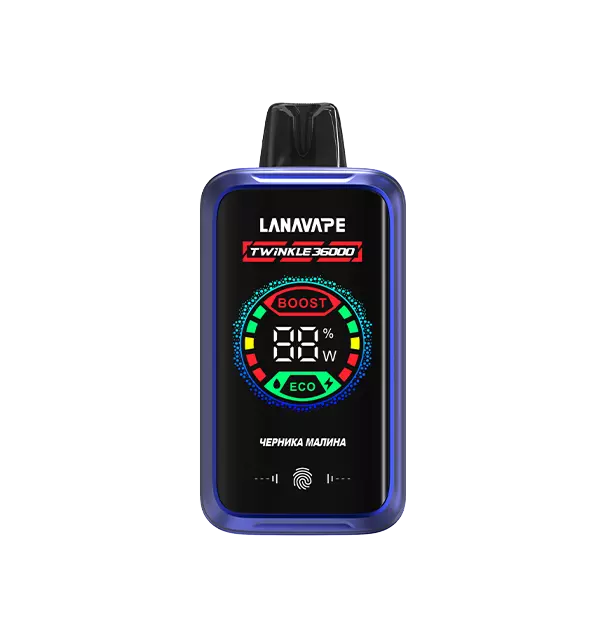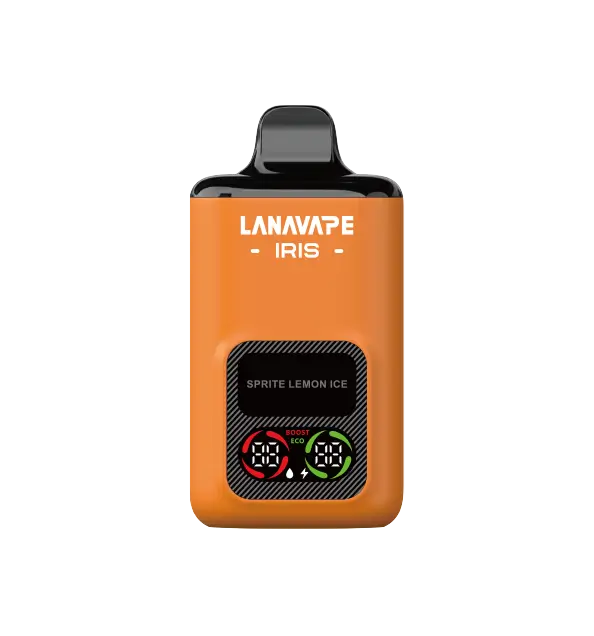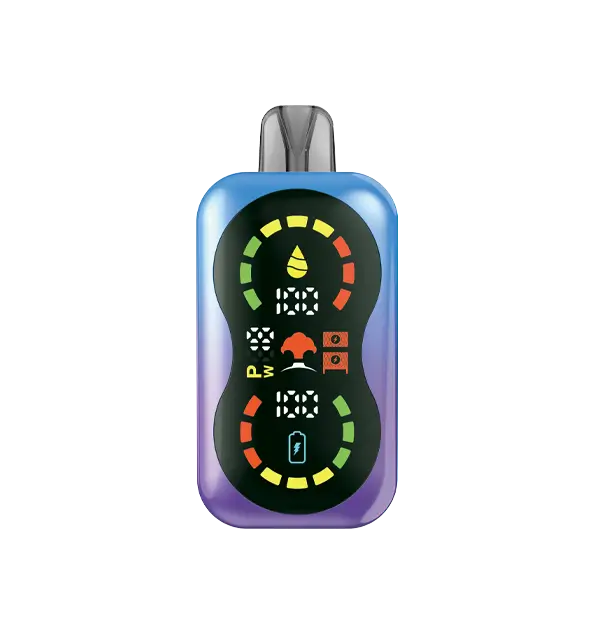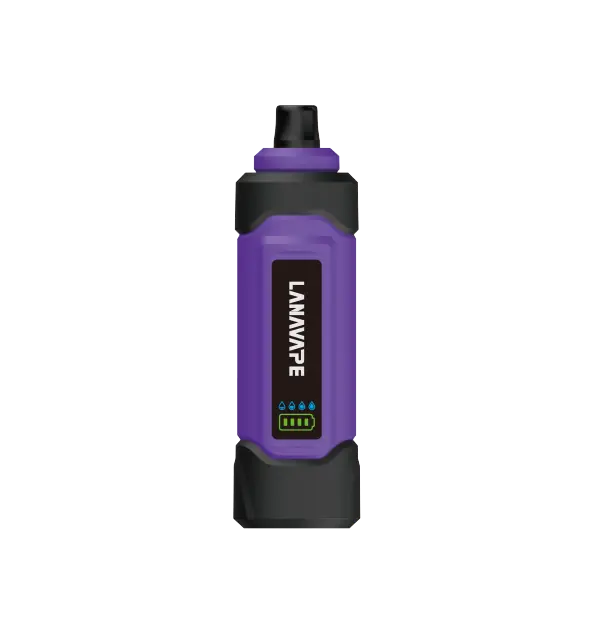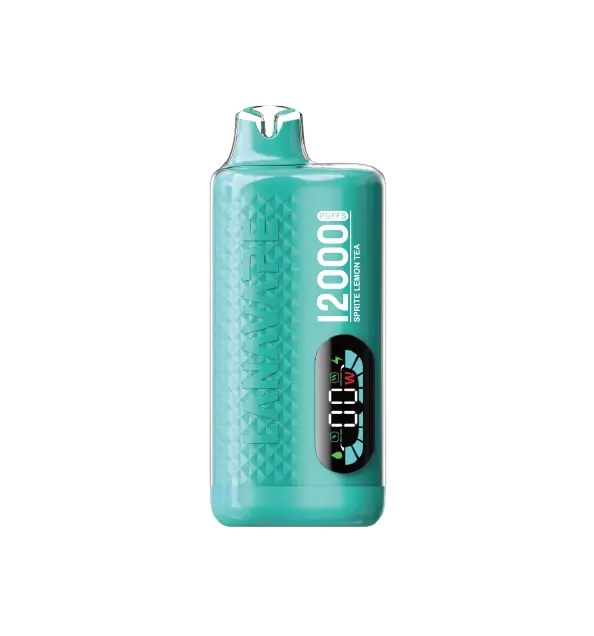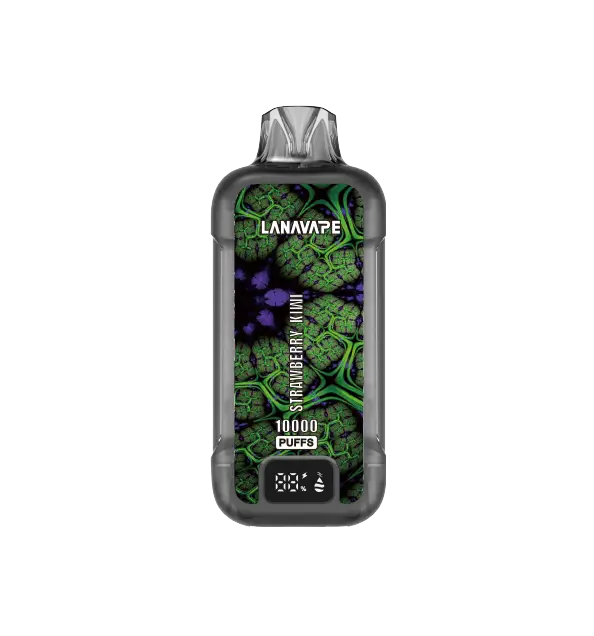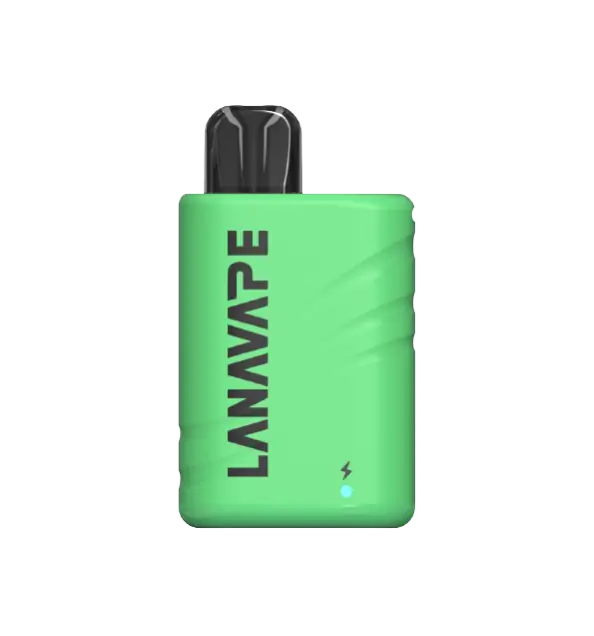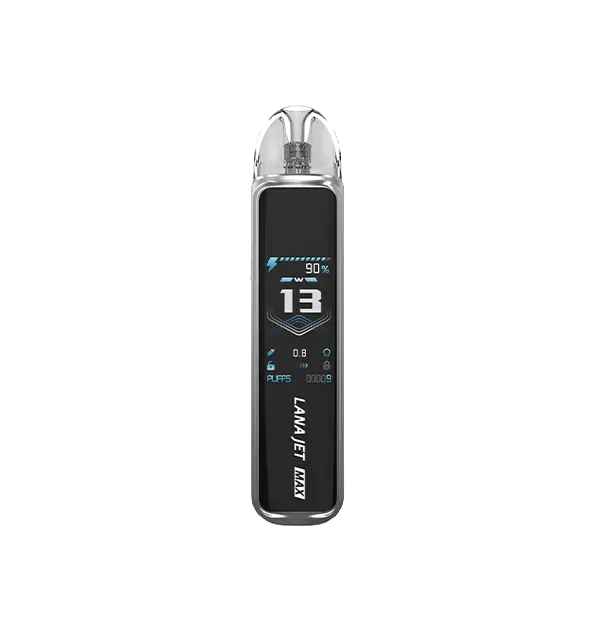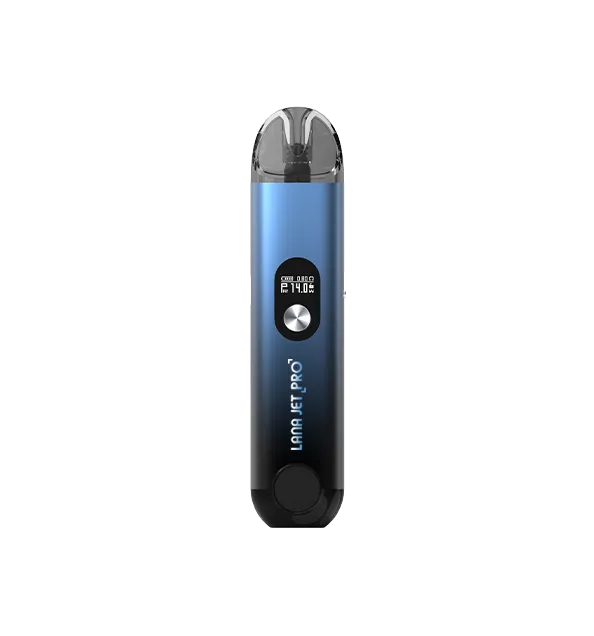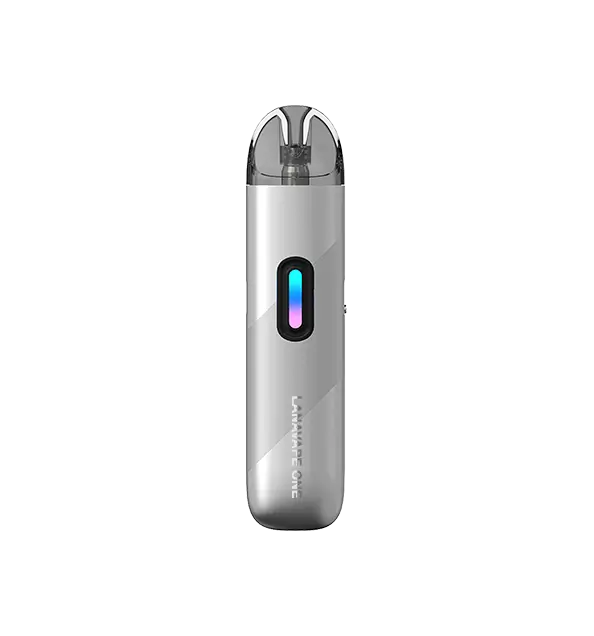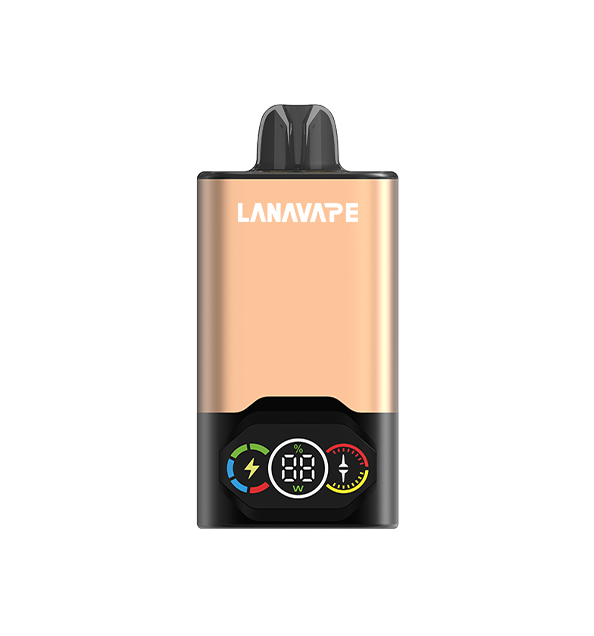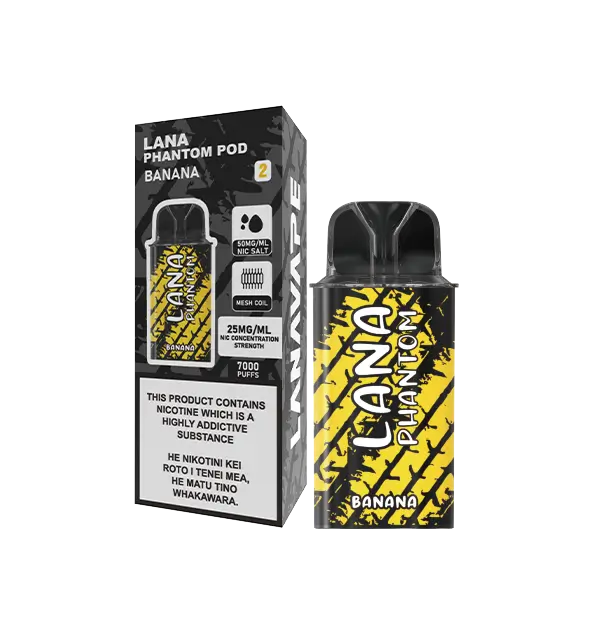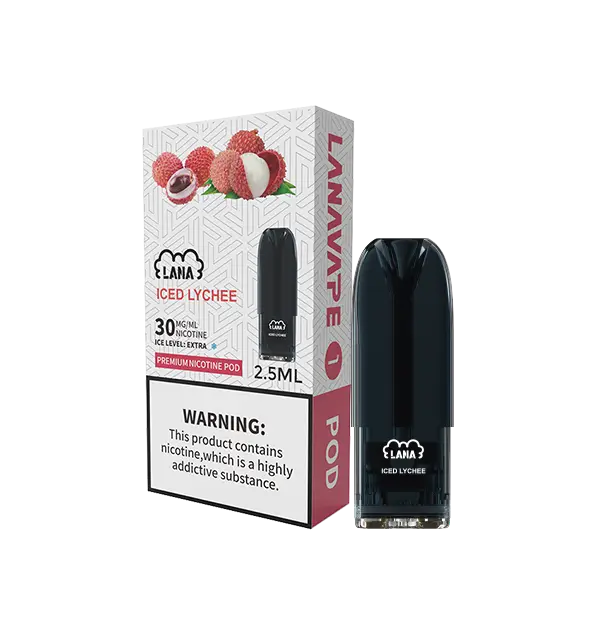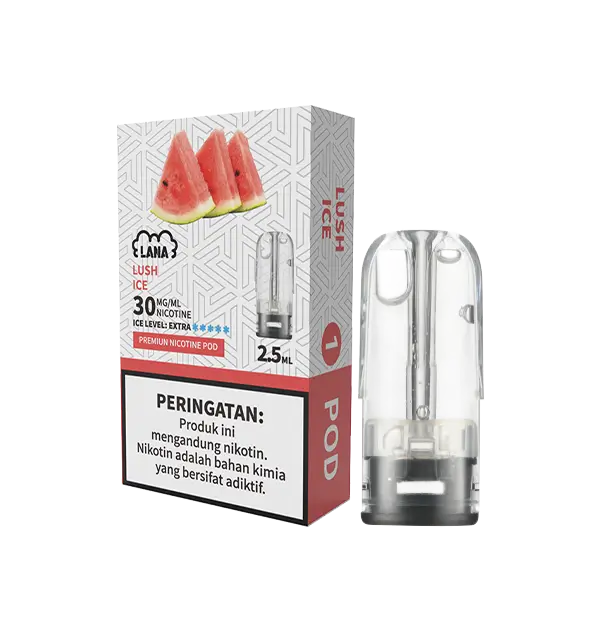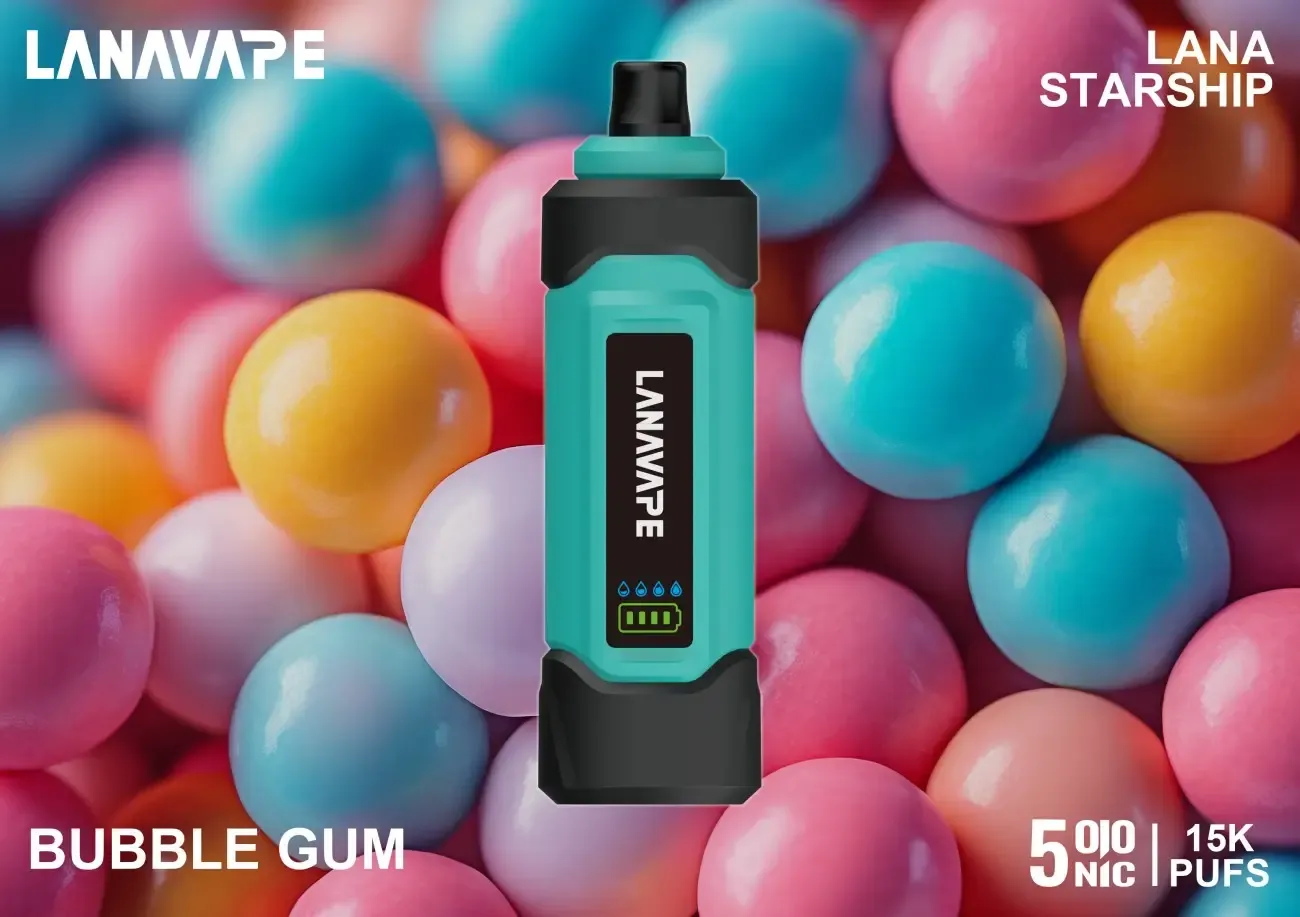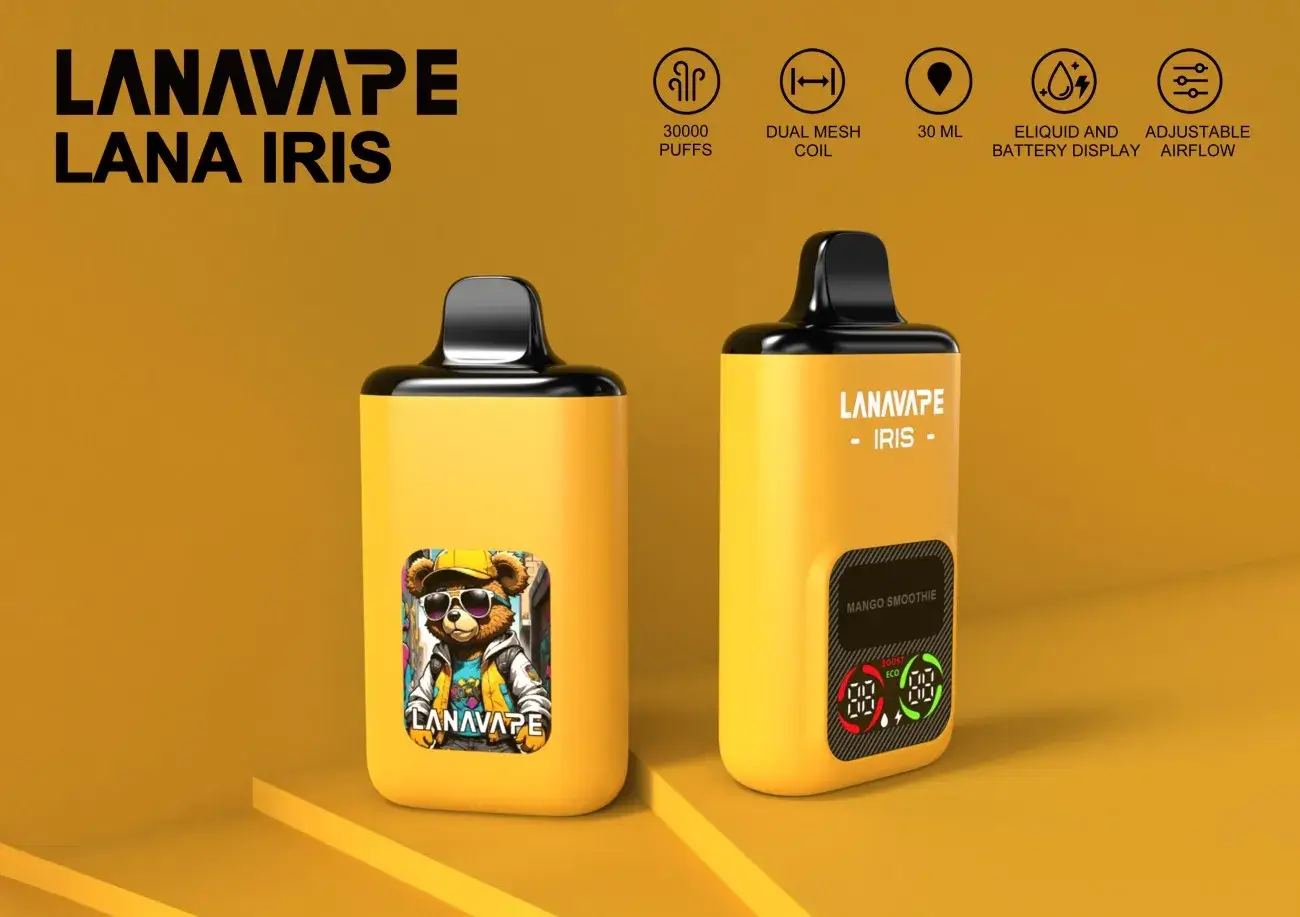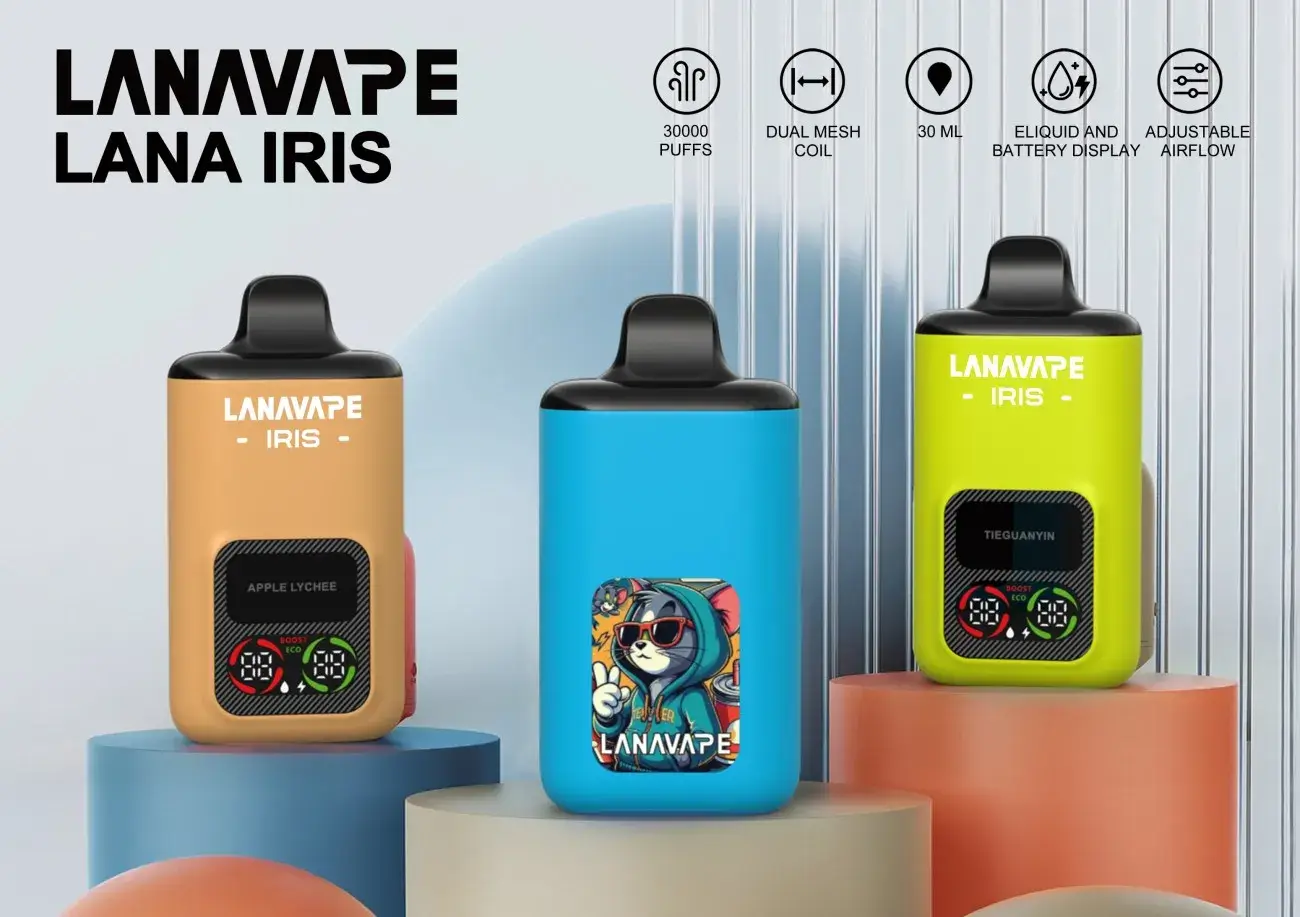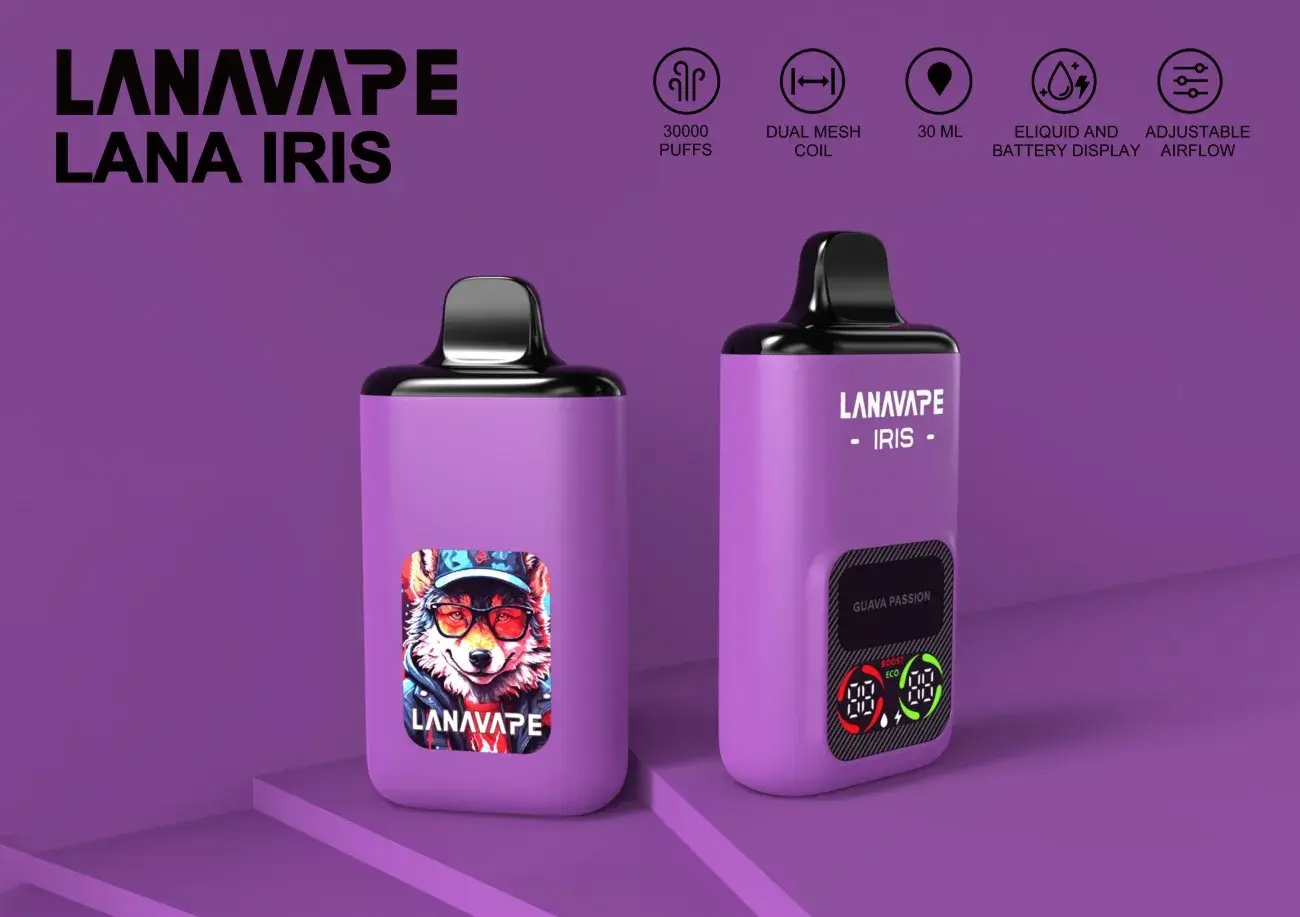
A Centers for Disease Control and Prevention (CDC) report found that in 2021, 4.5 percent of American adults — more than 10 million people — said they use an electronic tobacco product. And a sizable portion of the vapers is young adults and children: More than 2.5 million middle school and high school students admitted to using an e-cigarette within the past month in a 2022 study from the U.S. Food and Drug Administration and the CDC.
Those young users favor disposable e-cigarettes, with more than half relying on single-use devices from brands like Puff Bar, Vuse, Hyde and SMOK, the study found.
Many such disposable e-cigarettes wind up in the trash, contributing to the country’s already huge amount of plastic waste.
The exact amount of such waste produced from unrecycled vapes and e-cigarettes is hard to pin down. And the Environmental Protection Agency (EPA) does not have any data to quantify the volume of plastic waste produced by vapes, a spokesperson told The Hill.
But The Bureau of Investigative Journalism estimates in the United States, about five vapes are thrown away every second. That amounts to 150 million devices ending up in landfills or on the ground over the course of a year.
“People are definitely concerned about plastic waste in the form of single-use vapes and e-cigarettes, just like they’re concerned about the single-use plastic packaging in which those products (and countless others) are sold,” said Brett Nadrich, spokesperson for Break Free From Plastic, a global coalition of anti-plastic organizations.
“It’s important for people to remember that plastic never breaks down in the environment.”
A survey by the Truth Initiative, a nonprofit antismoking group, found more than two-thirds of disposable e-cigarette users between the ages of 15 and 24 threw the devices out in the trash in 2022.
Another 13 percent of e-cigarette users dropped the devices into regular recycling bins, 8 percent sent them to an electronic recycling facility and 9 percent threw them on the ground, according to the survey.
Amid that ongoing waste, an analysis from the CDC Foundation found 321.4 million units of e-cigarette products were sold in the U.S. last year.
“No producer should put a product on the market that does not have an end-of-life plan,” said Heidi Sanborn, executive director of the National Stewardship Action Council.
“Otherwise, they externalize the costs onto the environment and to local governments.”
And those tossed on the ground pose a threat to wildlife and waterways.
When products with hard plastic are thrown away, they are exposed to elements like heat, wind, rain, sand, soil and pressure that cause the material to break down in size while never biodegrading.
“Many hard plastic materials just break down into smaller and smaller plastic fragments that can become microplastic particles,” explained Jeremiah Mock, an associate professor at the University of California, San Francisco, who researches tobacco use.
Vapes use either rechargeable or disposable lithium-ion batteries to heat the liquid the user then inhales. Those batteries could start structural, brush or forest fires, which could damage wildlife habitats and contribute to air pollution, Mock said.
One EPA report found lithium metal and lithium-ion batteries caused more than 240 fires in garbage trucks and waste facilities between 2013 and 2020, with most of those batteries coming from devices like cellphones, laptops and e-cigarettes.

